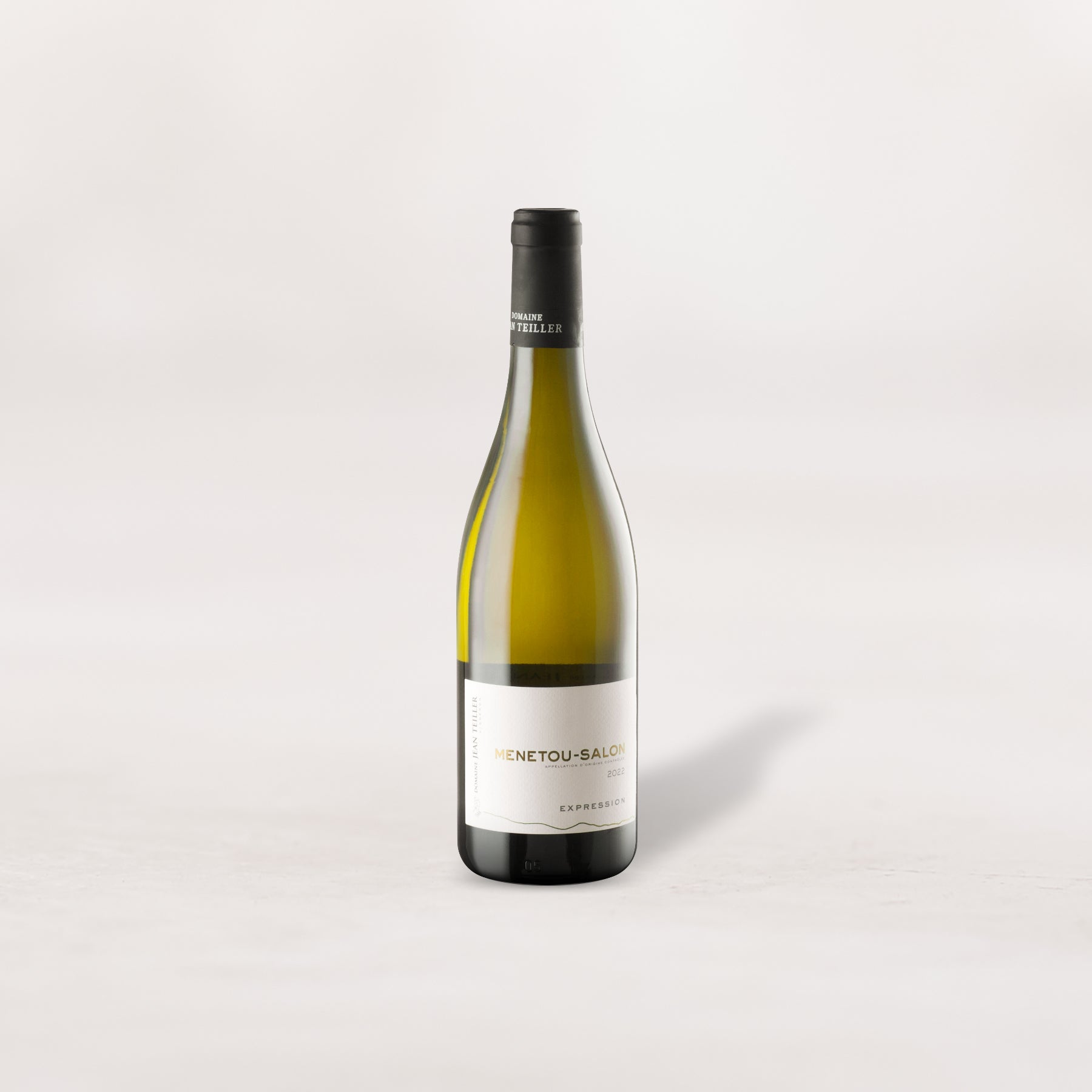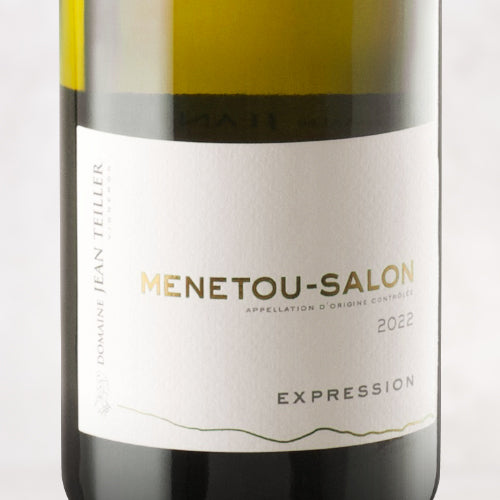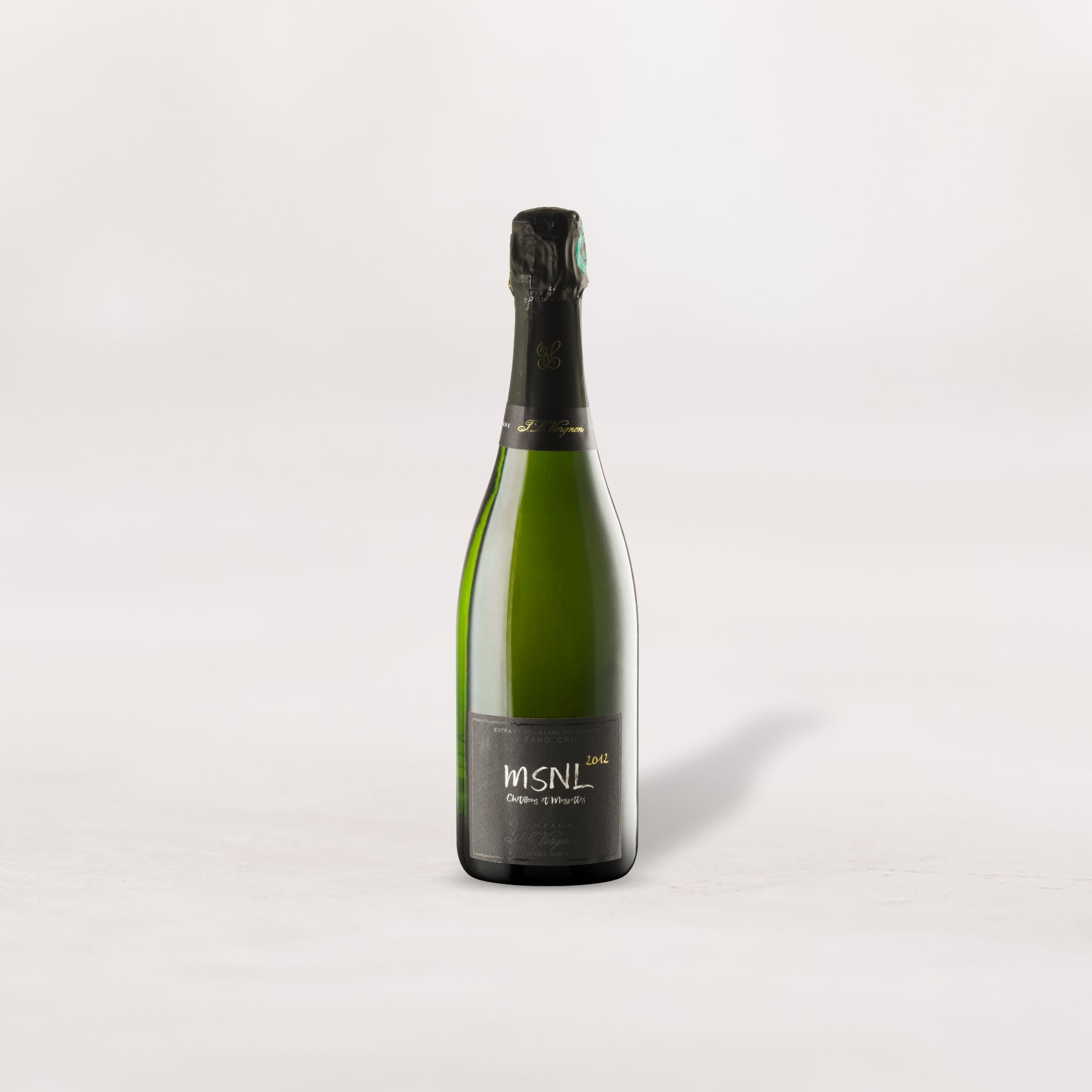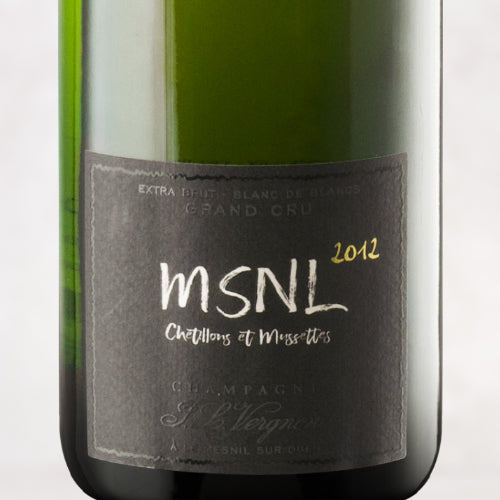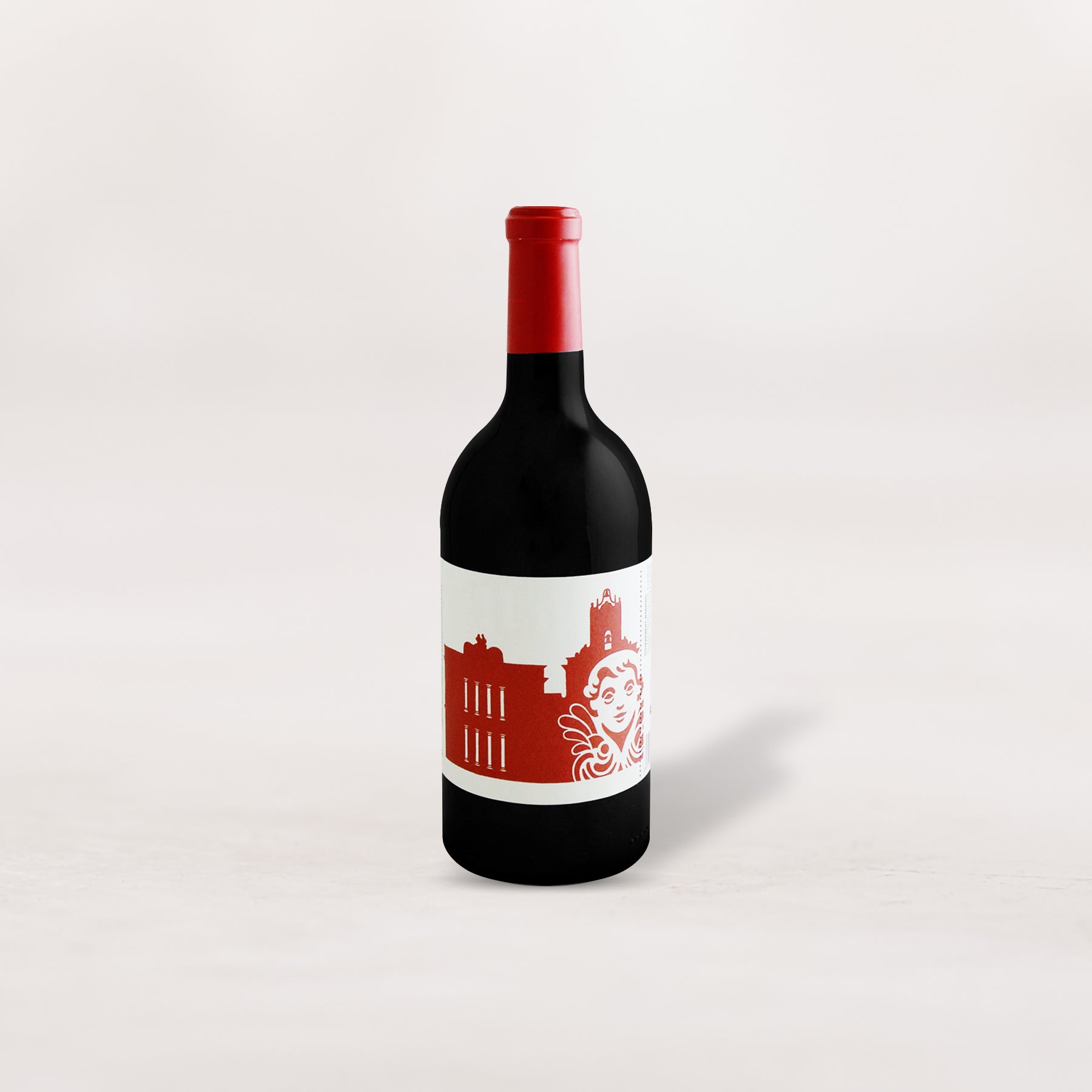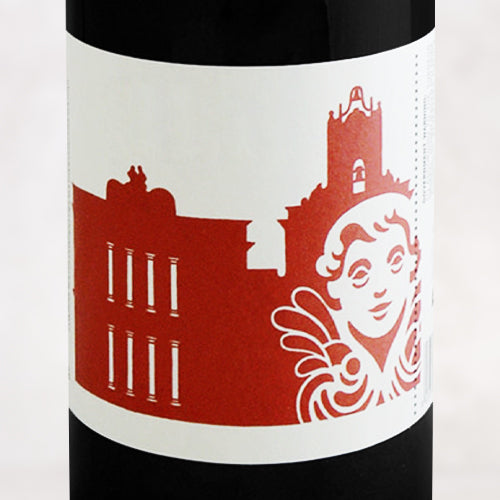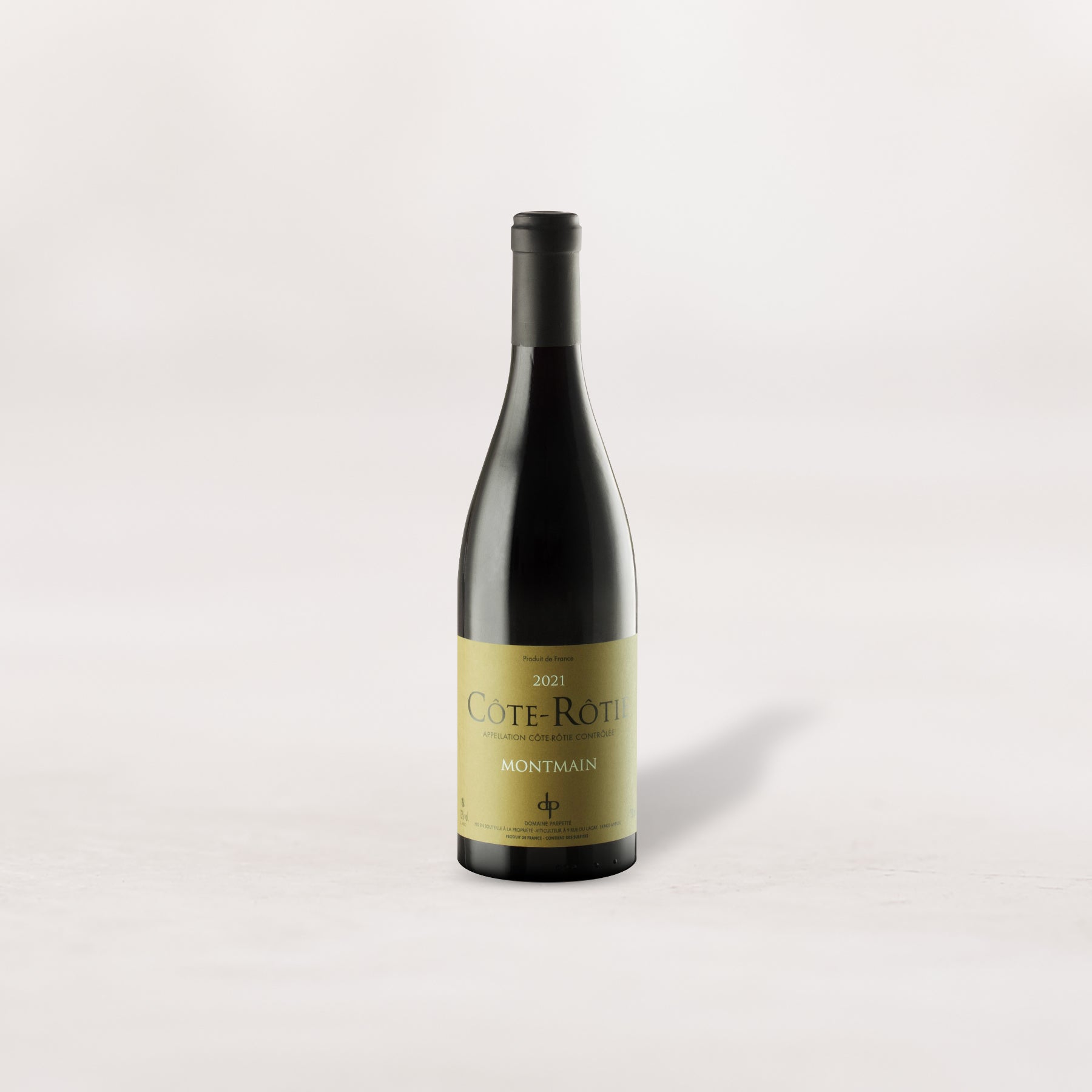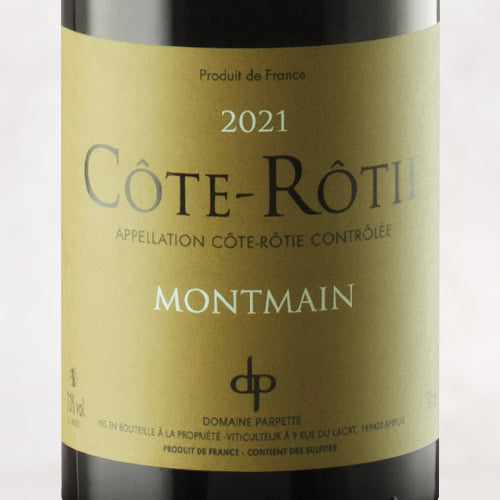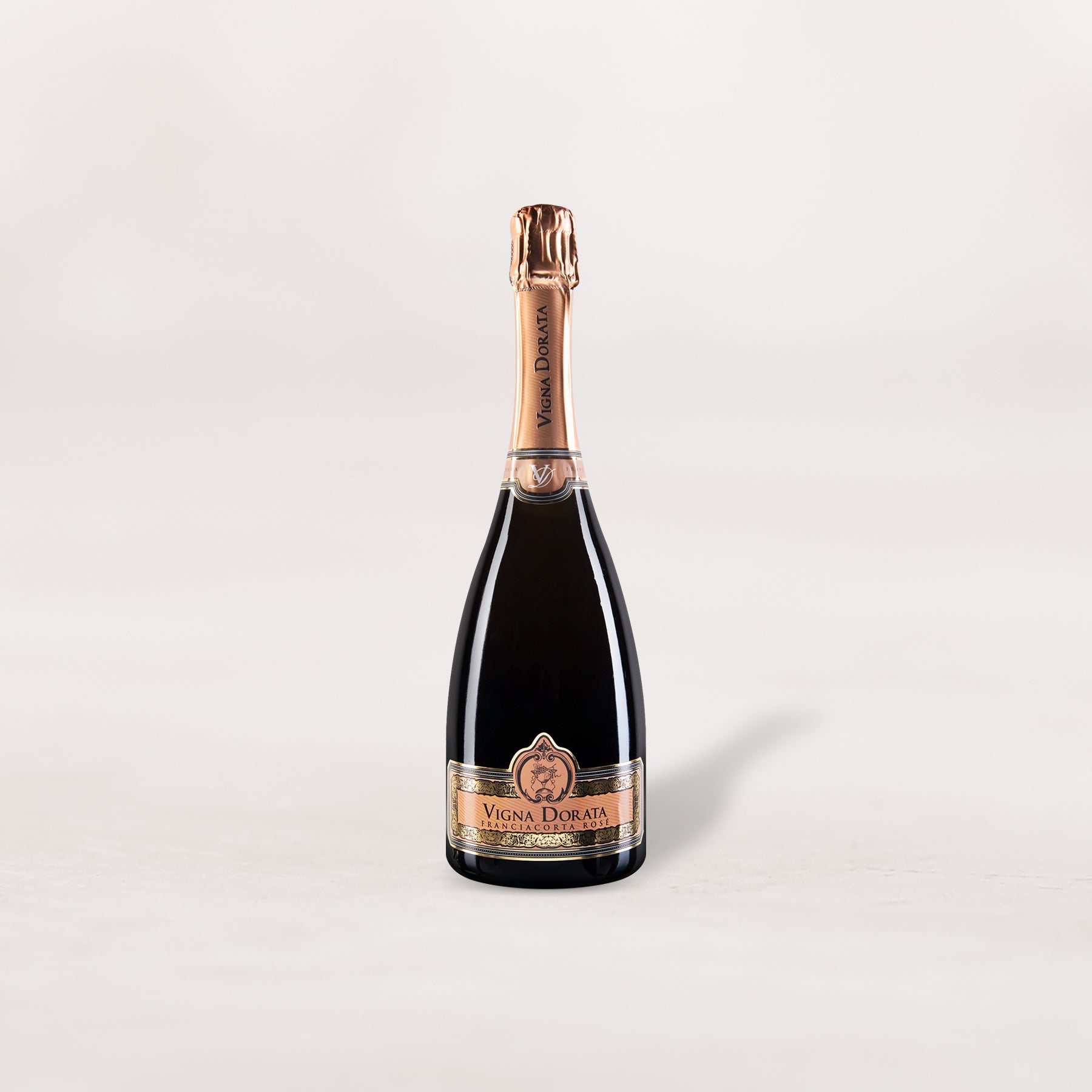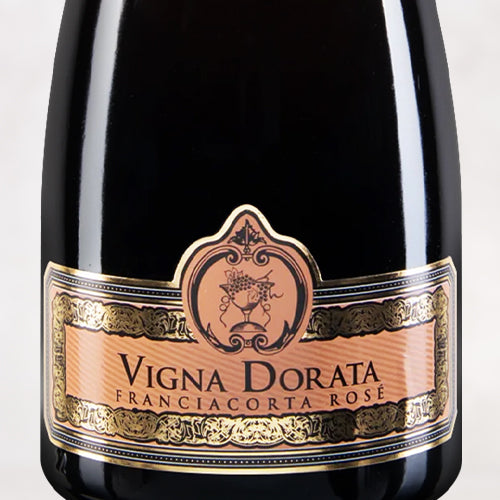The pitch here is the same as it would be if the wine were a high-end Cava from an artisanal producer: This lip-smacking rosé isn’t made in Champagne, but it might as well have been. The grapes (Pinot Noir and Chardonnay) are the same; the methodology is the same; and, perhaps most important of all, the level of minerality is the same (even if the soils are not). We know Champagne drinkers rarely veer outside their chosen lane, but if ever there were a time to do so, today is it: Vigna Dorata has crafted a banger of a Brut Rosé—one that any Champagne house would be proud to call its own—at an exceedingly fair price. It’s a structured, serious sparkler from Northern Italy’s Franciacorta region, a wine zone which is criminally under-represented on wine lists, in retail stores, and even sommelier-curated websites. Today’s an attempt to right that wrong, and to get savvy sparkling drinkers acquainted with an important terroir. Take us up on it—you will not regret it!
Let’s start by getting a better handle on the “where” of this wine: Franciacorta is located outside Brescia, in the northern Italian region of Lombardia, in low-lying hills just south of Lake Iseo. This lake, like Lake Garda and others nearby, was formed by the retreat of glaciers, and the morainic soils of the region are rich in assorted minerals. Although it is well south of Champagne in terms of latitude, the Franciacorta DOCG zone does feel a cooling influence from the Rhaetic Alps to the north (just beneath which lay another famous wine zone, Valtellina).
Although the Franciacorta area has a long history of winemaking, particularly among monastic orders as far back as the 1100s, its identity as a sparkling wine zone didn’t really coalesce until the 1960s, when a handful of local producers began growing and producing Pinot Noir and Chardonnay-based wines in the Méthode Champenoise (“Champagne method”). These days, there are well over 100 independent producers of Franciacorta wine, and the denomination, now a DOCG, allows for the use of Pinot Bianco and an obscure local variety called Erbamat, but for the most part, the best cuvées contain only Pinot Noir and Chardonnay.
Vigna Dorata (“golden vineyard”) was originally a mixed-use farm that converted to viticulture only in the 1990s, and this rosé is crafted almost entirely from Pinot Noir, with a “trace” amount of Chardonnay in support. As in Champagne, the second fermentation of the wine is carried out inside the bottle, and it spends between 24 and 36 months on its lees (spent yeasts) before it is disgorged. The dosage (sugar addition) is a modest 7 grams per liter, placing the wine firmly in the “Brut” category.
Had we tasted this blind, it would have been impossible not to identify it as a rosé Champagne, possibly from the Montagne de Reims. It displays a classic onion-skin-pink hue and the aromas are a tangle of wild strawberry, dried cherry, red currant, dried orange peel, baking spices, dried rose petals, and crushed stones. It is crisp and invigorating on the palate and aromatic and long on the finish, with a nice touch of smoky savor for pairing it with food. As far as pairings go, they don’t get any more classic than a proper rosé sparkler—served in a white-wine glass and not too cold—with some salmon rillettes on toast (yes, they have those in Italy, too). That’s an impressive, and achievable, combination. Make it happen!
